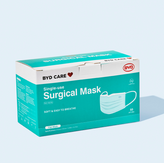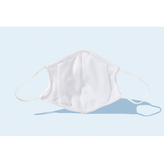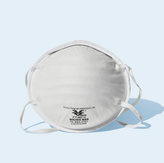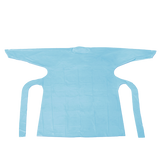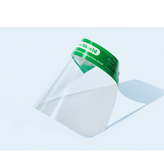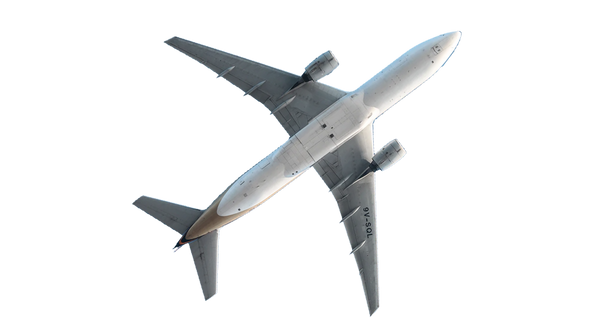Heading home for the holidays? We’ve got tips below on how to make your plane or car travel as safe as possible so you can have some peace of mind.
If you need to travel, make sure that you are taking precautions to socially distance whenever possible, wash your hands, and wear a mask! For official guidance from the CDC, read here.
Plane Travel
- Grab the window seat - Air travel in close quarters can make social distancing difficult. To get some distance from fellow passengers frequently traversing the aisles, book the window seat.
- Turn on the air vent - Studies have shown that circulating air does not easily spread COVID. Vents are a great way to get fresh air that has been circulated through HEPA-rated filters.
- Book with one of these airlines - A number of airlines are taking measures to increase distance by blocking the middle seat - here is a list.
- Upgrade your cloth mask - If you are wearing a cloth mask or a basic 3ply mask, upgrade to an N95 or KN95 respirator (for differences see here) when traveling on planes and through airports for better protection. Cloth and 3 ply masks can work well for everyday use when you are out and about with ability to control distance from strangers. However, when you are inside a closed environment where it may be difficult to distance, a respirator can do the work in reducing the airborne viral load you intake. Any face covering is better than none, but an N95 and KN95 that fits your face well will filter out the most particles since that’s what they are designed to do.
- Avoid masks with valves - If you see a mask that has a plastic valve on it, do not wear that when traveling as it will protect you but not other travelers (particles enter the air when you exhale with the valve). If you use a valved mask, you may be asked to switch to another mask.
- Disinfect your seating area - Bring your own alcohol or disinfecting wipes and wipe the seat, tray table, head rest, and arm rests before you sit down.
- Avoid touching your face - COVID has been shown to be able to survive on hard surfaces for up to 5 days. Therefore, it is important to be conscious of the surfaces you are touching, avoid direct contact with your face, particularly your mouth, eyes, and nose.
- Wash your hands, and use sanitizer - In the plane, carry your own sanitizer and wash your hands in the terminal when you exit the airplane. TSA has waived the 3.4 oz liquid limit until further notice for all hand sanitizer containers, and is now allowing up to 12 oz per passenger in carry-on bags.
For more information on flying during the pandemic, see here.
Car Travel
- Travel with your household - This is the best way to ensure that you are not passing germs with other folks. If you are traveling with people outside your household, limit the number of households traveling together in one car, wear a mask (ideally a respirator, see above bullet “Upgrade your cloth mask”), and keep the windows cracked for good ventilation.
- Be smart about rest stops -To minimize potential exposure to COVID-19, be smart when planning the frequency of stops that you are taking. Pack food and water and other essentials to make sure you are not running out of supplies on the drive. If you are in a well ventilated area such as outdoors or a gas station, a 3 ply mask or a cloth mask should be sufficient protection. Disinfect surfaces you come in contact with such as at a restaurant, or use a glove at a gas station pump.
- Stock your car - Sanitize or wash your hands thoroughly after being in public places, and avoid touching your face. Keep a stash of sanitizer, disinfectant wipes, and masks in your car so you never run out!




